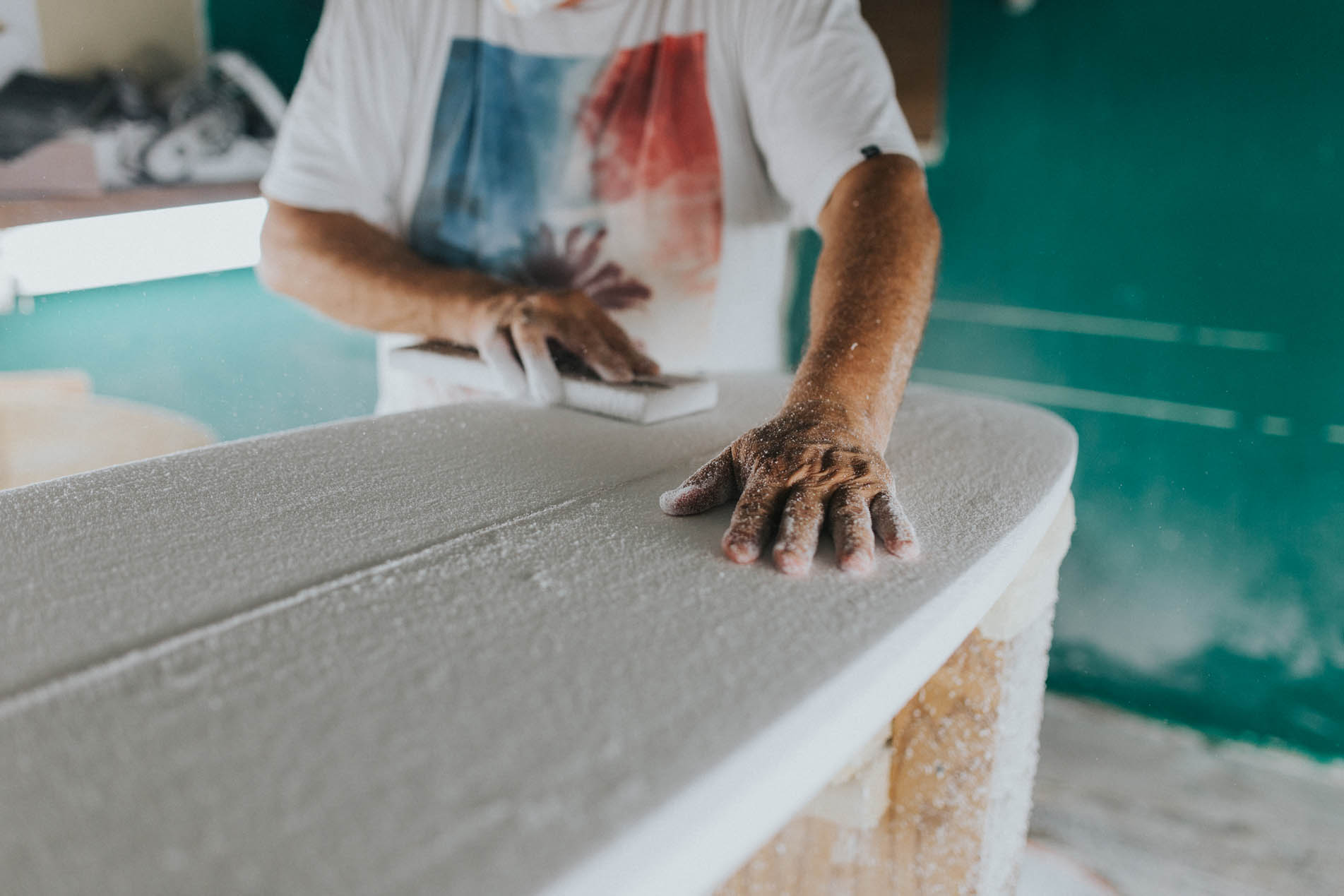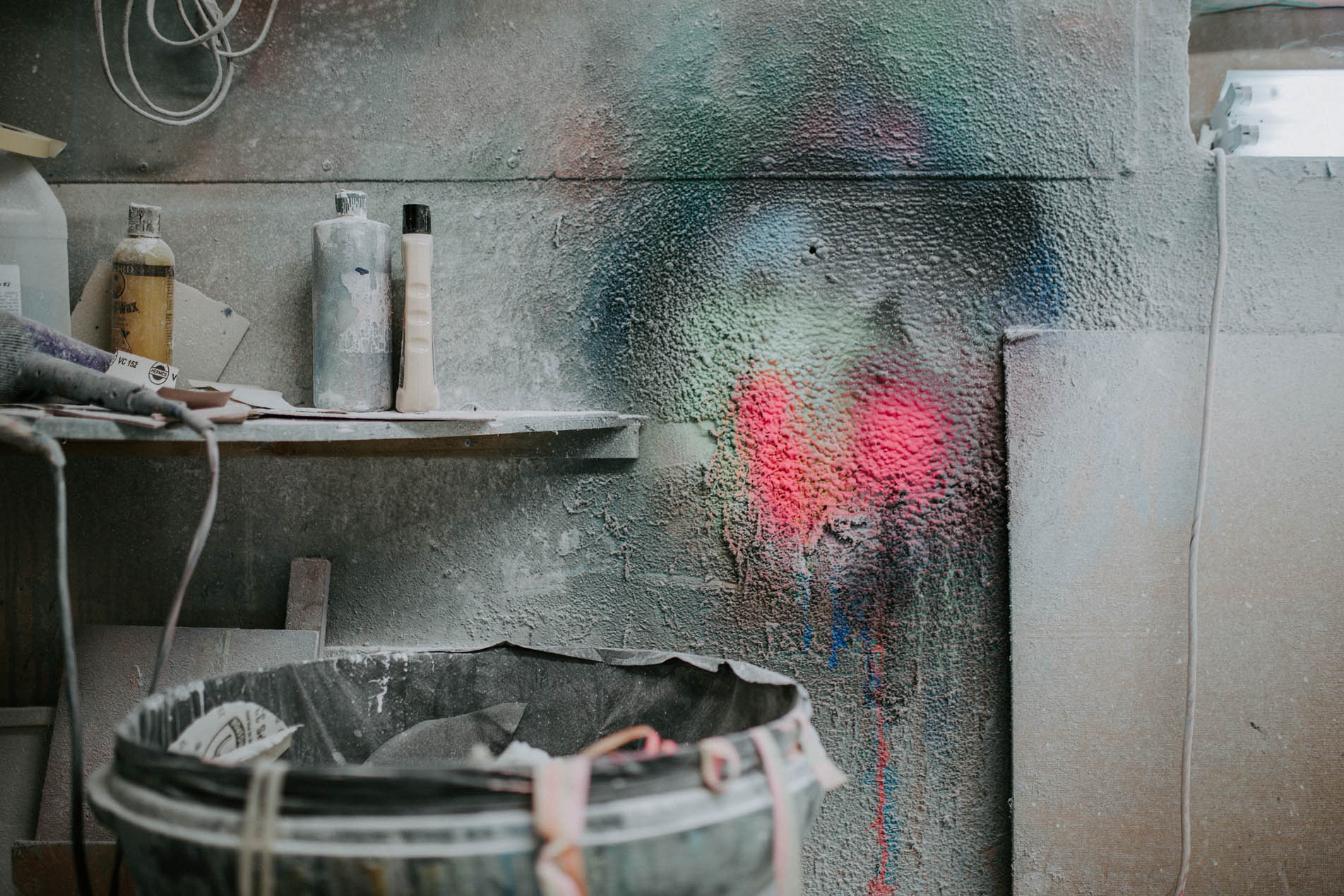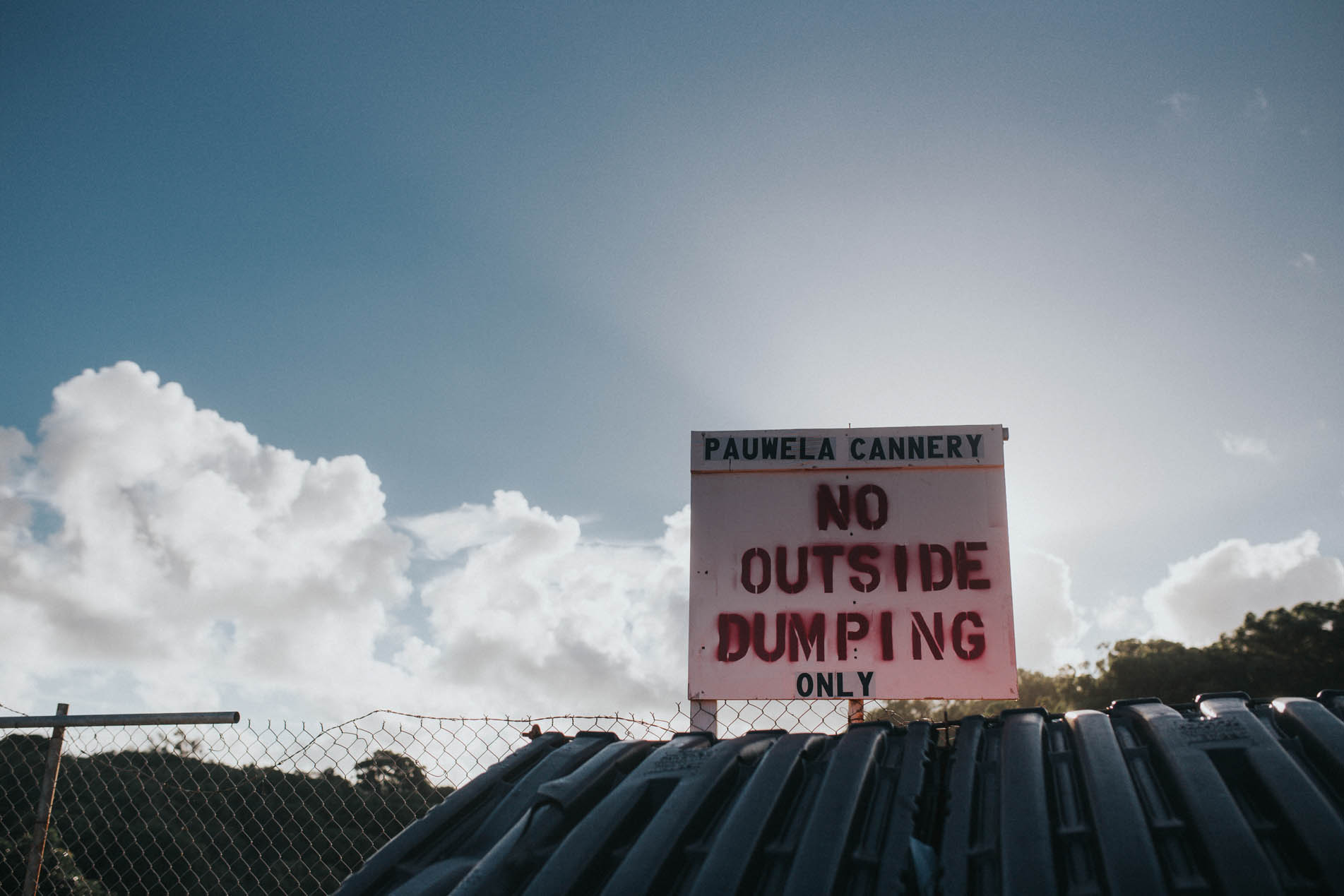What is Maui Leaf Lite?
Within the surfing community, awareness is growing that environmental protection is critical to sustain surfing for future generations. Maui Leaf Lite surfboards aim to reduce the social and environmental impacts of traditional surfboard building. Wedding sustainable materials with progressive designs yields light, futuristic boards that facilitate modern surfing’s development.
The materials used to build Maui Leaf Lite boards are recognized throughout the Surfing industry for their sustainability because, even among eco-boards, the Leaf Lite line exceeds current standards. Timpone works closely with material producers to ensure accountability in the production of the eco-materials. To further emphasize the importance of quality materials, Timpone collaborates with the industry’s only third-party Sustainable Surf Organization to establish material and production standards within the board-building community.
Leaf Lite boards also push the limits of progressive surfing with lightweight construction that can be adapted to accommodate all board design dynamics. The forward-thinking materials used have no performance trade-offs, resulting in lighter-weight, stronger surfboards.
The positive impact of Maui Leaf Lite boards aims to extend beyond surfing and engage with the global conversation around sustainability and environmentalism. At Timpone, we work hard to stay at the vanguard of surfing’s movement toward a reduced environmental impact.






